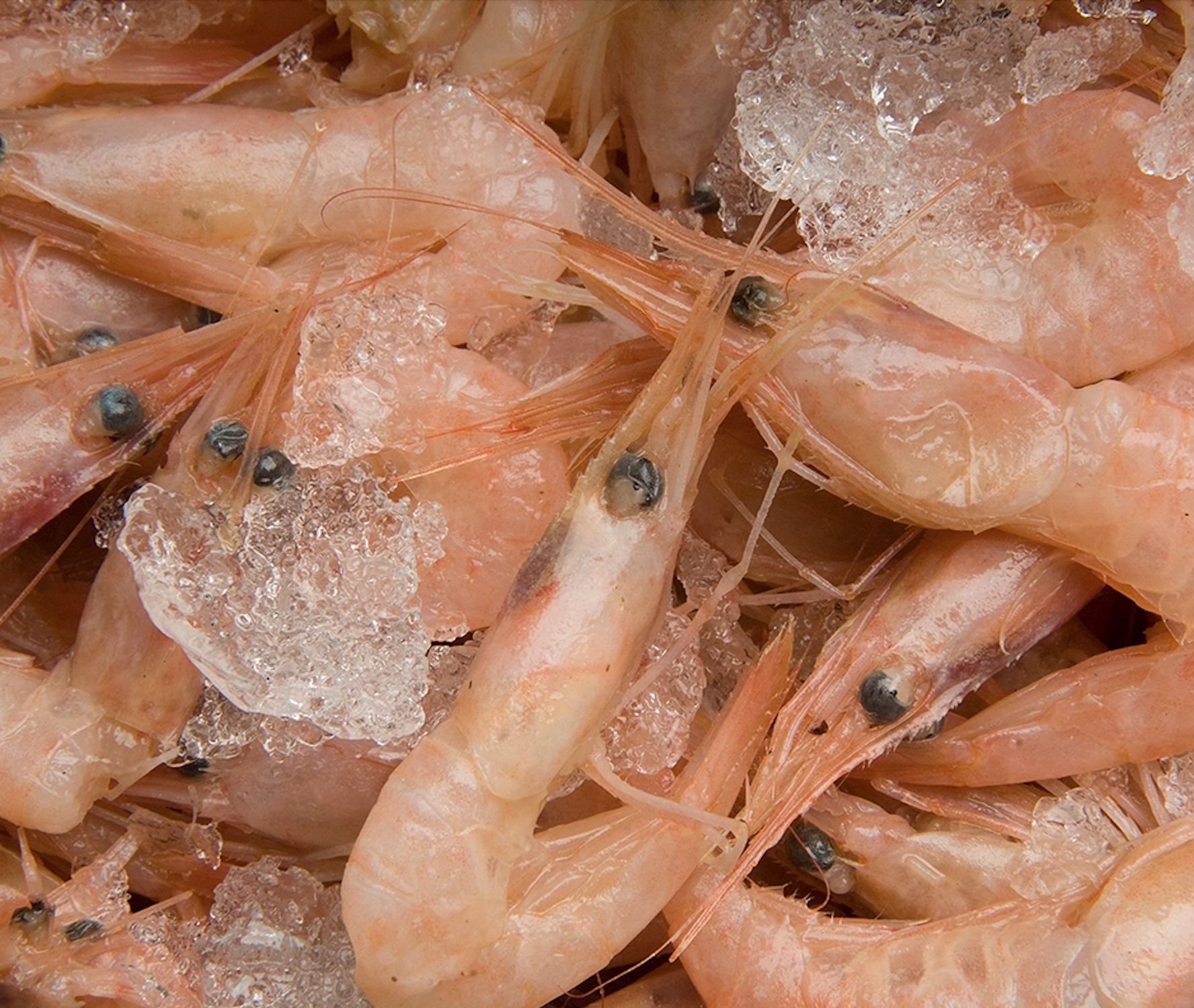Oregon shrimpers saw their 15th-largest harvest in history during 2022. Shrimp abundance was high with record-breaking tows per trip, per vessel, but continued low ex-vessel prices dampened the overall value of the fishery.
In all, the fleet of 59 boats landed 41.2 million pounds at ex-vessel prices of 46 cents per pound for gross revenues of $18.8 million. In 2021, the industry put in 46.7 million pounds for a value of $23.4 million, with ex-vessel prices running similar to last year.
Catch rates during the 2022 season hit 1,050 pounds per hour, with the heaviest tows coming from harvest areas near Bandon and Grays Harbor. Catch rates for the 2021 season hit 836 pounds per tow, which was the highest since 2014. Higher catch rates in recent years has been driven by increased efficiency in trawls and strong recruitment of young shrimp into the fishery.
Last year’s average landings of 54,812 per trip set an all-time record, and shorter tow times to load the boats helped offset high costs at the fuel pumps.
Meanwhile, the 2022 season posted the lowest prices since the 2010 season. Exchange rates favored the euro over the dollar by an average 5 percent and a high of 14 percent for 2022. That weakens export values of West Coast shrimp headed for European markets.
Other market factors included continued labor shortages during the 2022 season.
“Labor was extremely hard to get,” says Scott Adams, a plant manager with Hallmark Fisheries in Charleston, Ore.
Adams adds that many companies were stuck with cold storage holdings of 2021 shrimp that hadn’t yet been liquidated. The ideal scenario for processors is to buy enough shrimp to sustain market demand during times from November through March, when the season is closed.
“We went into the season with a big inventory, and these days it’s never good to be sitting on extra inventory. There’s so much competition out there from all over the world.”
Larger shrimp sold into domestic outlets fared better, according to Adams.
Meanwhile, the fleet has made continued strides in reducing the bycatch of eulachon, a species listed as endangered in 2010. Eulachon showed up in unprecedented numbers last year, and a plethora of the tiny fish returned to streams and spawned.
Shrimp trawlers have implemented LED lights with high success. The average number of LED lights placed at 4-foot spacing along the footrope of trawls has been seven, which is two more than required by management rules, and research shows that five lights placed near the center of the tow rope produces optimum reduction in bycatch.
As for the outlook in the 2023 season, the fishery will depend on shrimp hatched in 2020, 2021 and 2022. Environmental factors play a huge role in shrimp abundance and sea surface levels and other conditions in each of the parent years point to another strong harvest when this year’s season kicks off in April.







